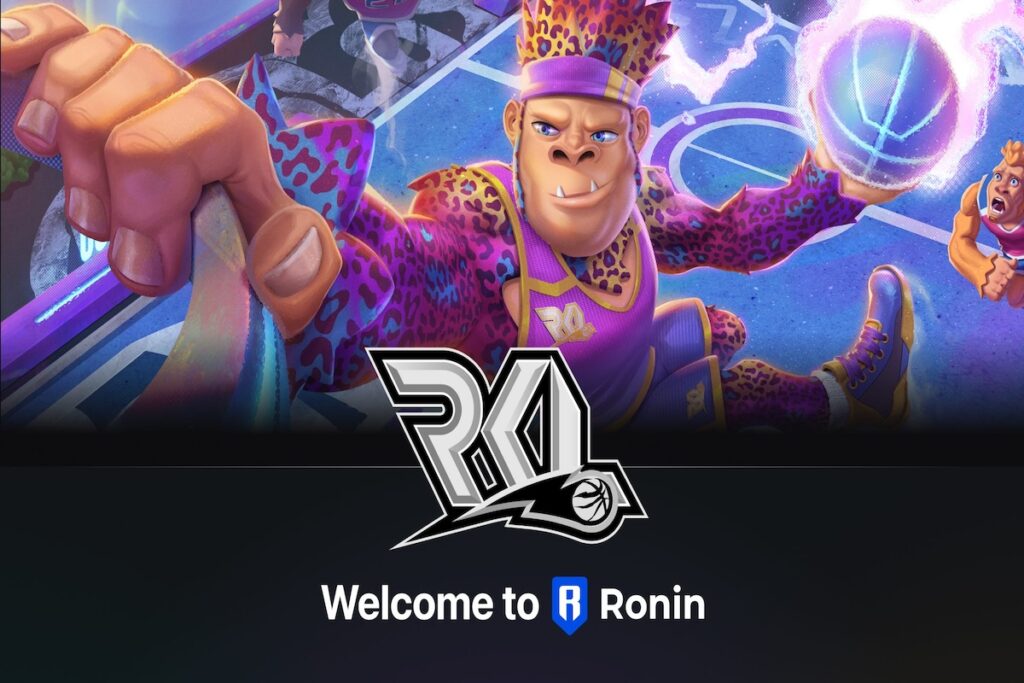You’ve probably heard about Ethereum 2.0. The project has been known under many names. Now, the developers have settled on naming it “the merge.” And the project is nearly here.
If you’ve been following crypto news lately, you probably noticed that the world of Ethereum has been more active than usual.
Of course, the price of Ethereum has been steady ever since the crash and is expected to cross the 3k mark next year. There’s also the fact that 95% of NFTs are hosted on the Ethereum Blockchain. And there’s also the news of Ethereum lessening the environmental issues caused by crypto miners.
There’s much to be excited about if you’re an Ethereum user. But all this news is not as significant as the upcoming event simply called “the merge.”
What’s Exactly the Merge?
The merge might seem confusing if you’re new to the Ethereum world. So let’s start with the basics. For years, there’s been talk of Ethereum 2.0 or ETH2. Now, Ethereum developers have settled on the name “the merge” to describe the crucial upgrade that will take place on the Ethereum network.
The upgrade will – for lack of a more suitable term – merge Ethereum with the Beacon Chain. At the moment, both of these chains are co-existing. However, the Ethereum mainnet is doing all the heavy lifting, processing the transactions on the blockchain.
After the merge, the Ethereum mainnet will drop proof-of-work and use the Beacon Chain’s proof-of-stake (PoS) mechanism.
What’s the Difference Between PoF and PoS?
The two main consensus mechanisms blockchains use are proof-of-work (PoW) and proof-of-stake (PoS).
A blockchain that uses PoW requires miners to solve complicated mathematical problems to add blocks of transactions to the chain. Ethereum has used this mechanism since its launch.
The advantage of PoW is that it’s very secure. However, it’s also very energy-intensive, which is why there’s been talk of Ethereum switching to PoS for years.
Under the PoS system, users can stake their ETH to validate transactions and add blocks to the chain. The advantage of this system is that it’s much more energy-efficient than PoW.
Why is the Merge Such a Big Deal?
For starters, Ethereum is the most-utilized Blockchain we have today. It powers the second-most-popular cryptocurrency, which has a $192 market cap at the time of this writing. Not to mention that it hosts thousands upon thousands of dApps, DeFi protocols, and NFTs.
A lot of people are invested in Ethereum in one way or another. So when the merge happens, it will greatly impact the entire cryptocurrency market.
For instance, the switch will affect tens of thousands of miners. Many will probably have to start mining other PoW coins, hurting their bottom line by forcing them to buy new equipment.
And since Ether will no longer be awarded to crypto miners, the number of new coins will drop by nearly 90%, according to Luca Outumuro, head of research at IntoTheBlock. This decline in issuance can help Ethereum eclipse the king of cryptocurrency, Bitcoin, at some point in the next 12 months.
The Next Step in Ethereum Development
Many view the merge as the crucial step in Ethereum’s development. According to Vitalik Buterin, the Ethereum network is now “only around 40% complete.” After the merge, it will be some 55% complete.
The Ethereum road map features four more development stages happening at the same time:
- Surge
- Verge
- Purge
- Splurge
Each stage aims to make the network more stable, quicker, and, most importantly, more decentralized. Once the Blockchain is 100% complete, it will be able to process 100k transactions per second.
The merge is just the beginning of a long and exciting journey for Ethereum. So strap in; it’s going to be a wild ride.
Author
-

Keen blogger with a zest for Web3, delving into the symbiotic narrative of NFTs and decentralized frameworks.




